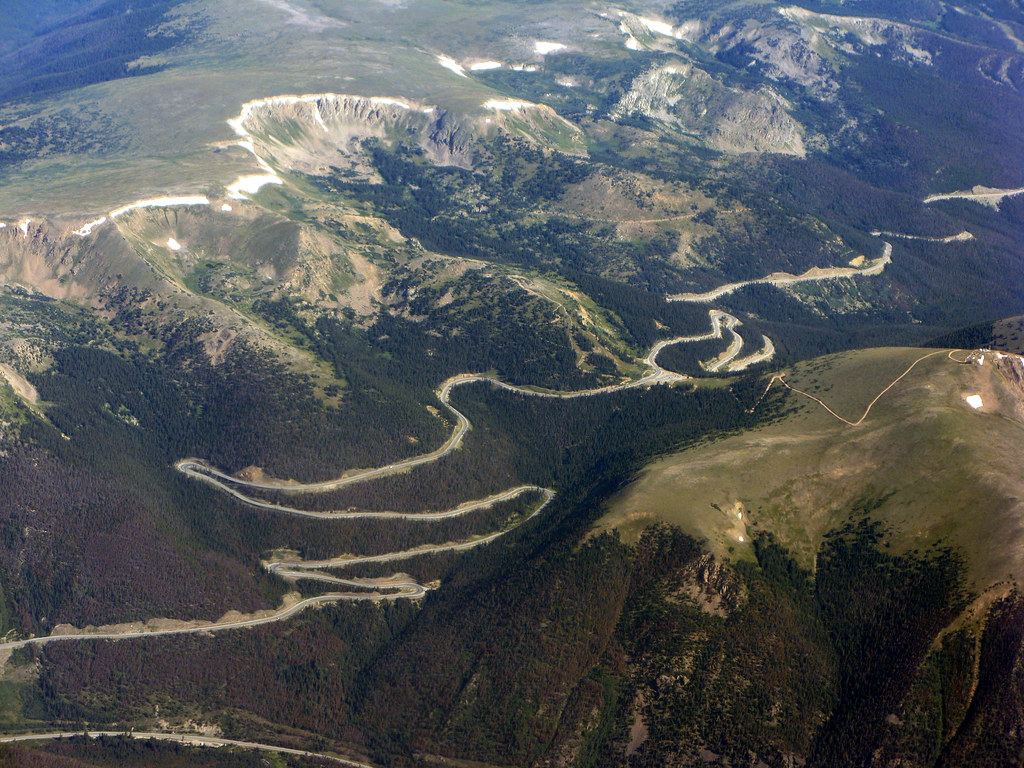
According to the Denver Post, Berthoud Pass in the Rocky Mountains of Colorado was kept open all winter thanks to a remote avalanche control system called Gazex Exploders. This system is French-made and consists of five in the snow loading zones that feed the massive Stanley. The Gazex saved money, kept the roads open, and limited the dangers that crews are exposed to when dealing with explosives. The Colorado Department of Transportation hopes to expand the program next winter to more of the 278 slide paths that threaten Colorado’s mountain roads.
Berthoud Pass holds some of the best easy access backcountry terrain in Colorado. Just ask Robb Gaffney – see video below…

The Gazex systems are solar powered and they use propane to trigger blasts of compressed air from hook-shaped cannons that are placed in avalanche starting zones. This systems allows crews to sit in warm trucks and trigger avalanches on the computer, rather than being exposed to dangerous explosives in the cold. Every winter over the last five years, crews fired about 471 $200 Avalauncher rounds on Loveland Pass. Usually, one in four of those shots triggered a slide. Throughout the 2015-16 season, crews fired the Gazex exploders 229 times and triggered a slide 57 percent of the time. This is quite impressive considering the fact that total snow accumulation this season reached 235.3 inches, about 105 percent of average. The Gazex systems keeps blast debris relatively light, which allows crews to do a quick cleanup and have the road open faster.
“We saw a huge increase in the effectiveness of our missions. It’s tremendous when you can make that big a leap,” said Tyler Weldon, the CDOT engineer in charge of the Gazex project.

Avalanche mitigation crews ran 19 missions on Berthoud Pass, compared to the five-year average of 12. They triggered 78 Gazex blasts, versus firing a typical 91 105mm bombs into the snowpack. The small avalanches triggered by the Gazex exploders never reached U.S. 40, which twice traverses the Stanley slide path as it climbs toward Winter Park. Despite the fact that CDOT closed U.S. 40 during mitigation, there were no extended closures even with snowfall that was 120 percent of average. There are more than 2,000 Gazex exploders around the world and they protect highways in Washington, California, Wyoming and Nevada. The Gazex system saved an estimated 640 man hours, because the prep time of 10 minutes is a lot quicker than that of an Avalauncher, which is 1 hour.
“We are learning about different designs and how we can build a design that never hits the road. We really learned a lot this past year and there’s more to come,” said Steve Hurlbert, a spokesman for Winter Park ski area.
Robb Gaffney Crushing Berthoud Pass, CO in 1999:
